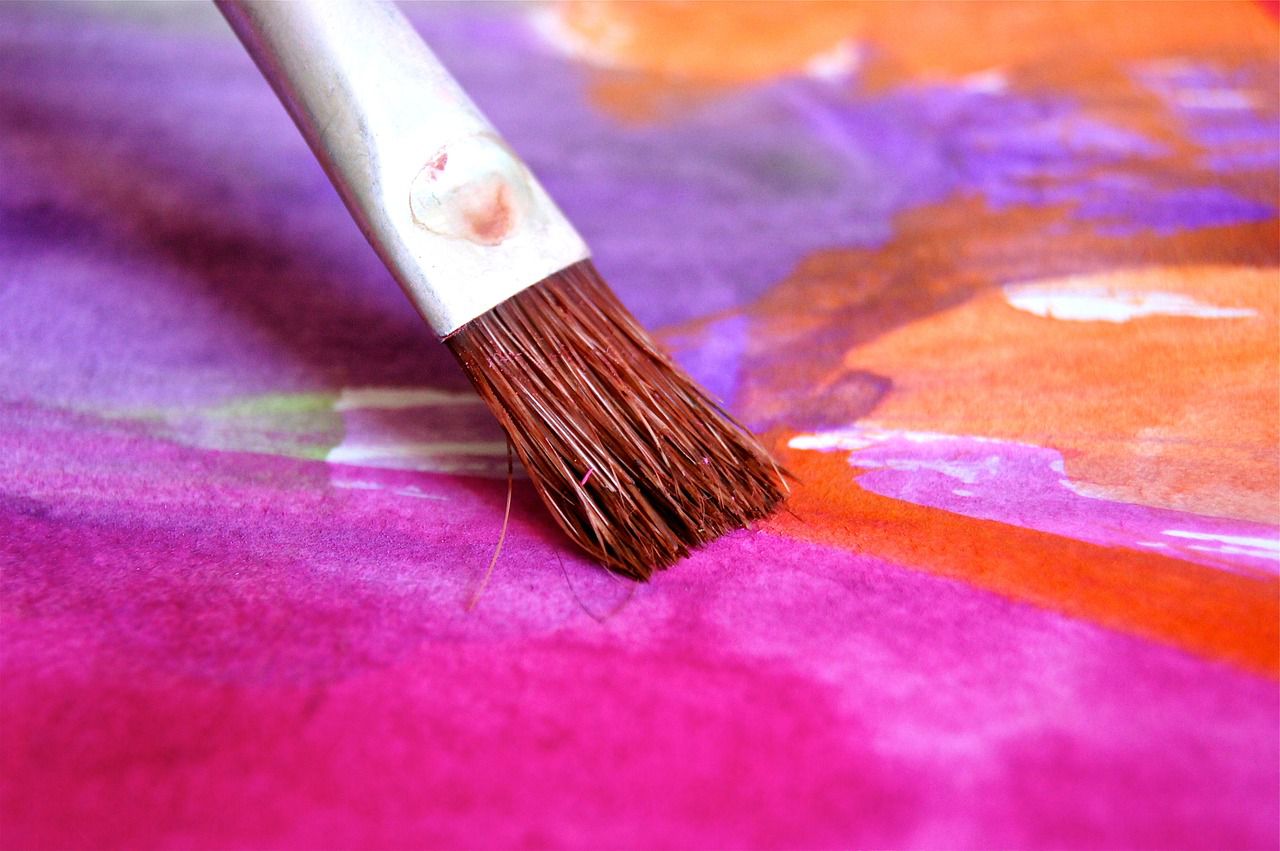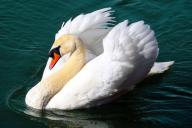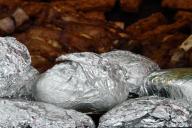Artists are usually associated with creativity, but sometimes science requires lots of creativity as well.
To find new solutions and make research, specialists need to use their creativity a lot - and sometimes even more than you'd expect.
Let's find out more!

A study on creativity
Conducted in collaboration with Maastricht University's visiting PhD researcher Kim van Broekhoven, the research delves into the essence of creativity, aiming to identify potential differences between creativity in the sciences and creativity in the arts.
The study's findings reveal striking similarities between creativity in science, technology, engineering, and mathematics (STEM) fields and creativity in the arts.
This suggests that an integrated approach to teaching creativity across educational institutions could be highly beneficial for all students.
He advocates for a shift from the current fragmented and random approach to teaching creativity to a more comprehensive and holistic one.
The research surveyed 2277 German undergraduate students between the ages of 17 and 37, with 2147 enrolled in STEM courses and 130 in art courses.
The survey sought to explore differences in self-expression, thoughts, and perceptions related to creativity.
Creativity is actually important
Creativity has gained immense importance in the modern job market, with the World Economic Forum identifying it as equally crucial as artificial intelligence for future jobs.
Dr. Tim Patston, Coordinator of Creativity and Innovation at Geelong Grammar School, believes that nurturing creativity as a core competency is vital for students to embrace diverse possibilities in their future education and careers.
Through this research, educational institutions can confidently foster creativity across disciplines, empowering students to succeed and flourish in an ever-evolving world.













